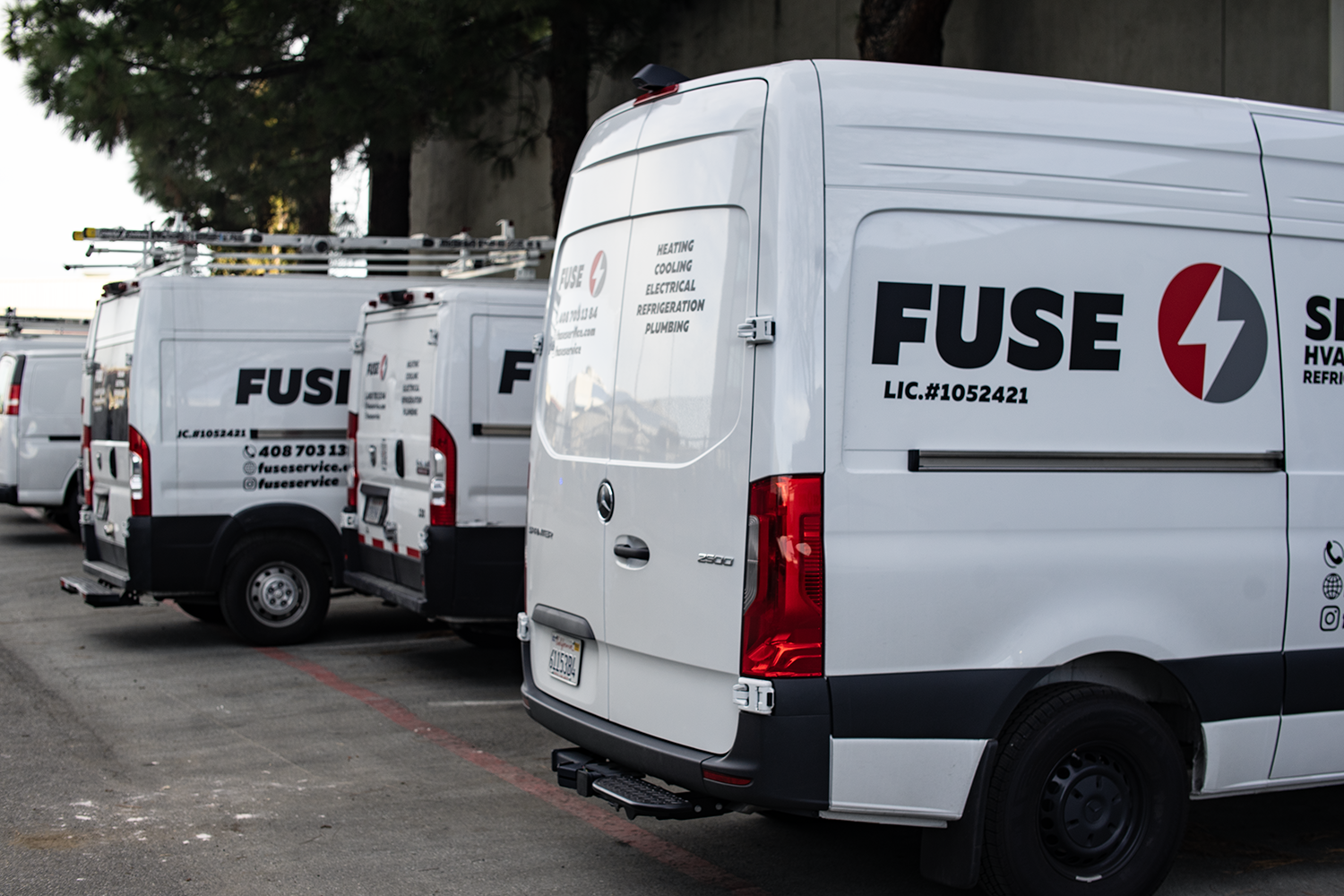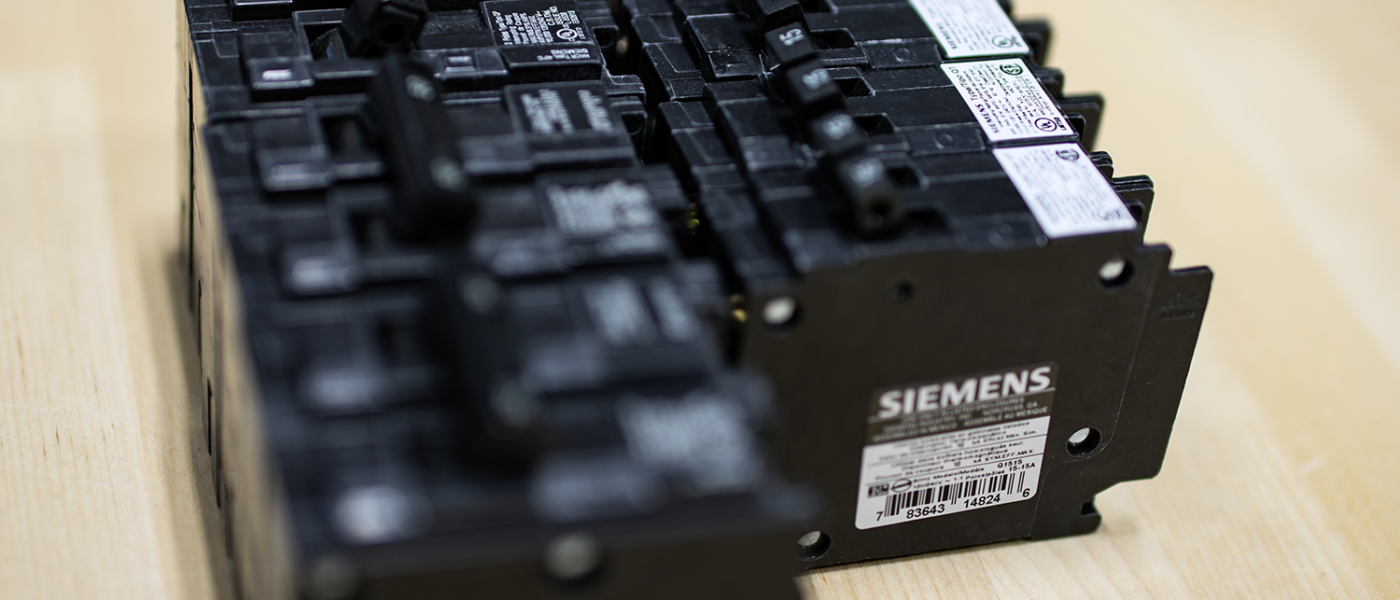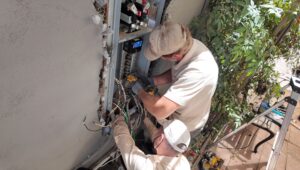Being hit by electrical shock is a really unpleasant thing and we hope you’ve never experienced that. However, there is a chance of this shocking feeling if your system isn’t protected well enough. In this article we will tell you about GFCI and how it will boost your home safety.
What Is a Ground Fault Circuit Interrupter (GFCI)?
GFCI meaning a ground fault circuit interrupter, is a type of electrical safety device. They are designed to detect irregular and leaking current flow that is unusual for your system. It monitors the electricity traveling through a circuit and shuts it off if it detects even a tiny leak. This helps prevent electrocution and electrical fires. GFCI specifically targets electrical ground faults, which occur when electricity takes an unintended path—such as through a person. So let’s dive into how ground fault circuit interrupters work!
How a GFCI Work
A GFCI outlet constantly monitors the amount of current flowing from the hot line to the neutral one. If there’s any imbalance, even as small as a few milliamps, it means that some of the current is escaping to the ground—potentially through a person. The GFCI detects this “leakage” and acts swiftly to cut off the electrical supply, preventing shock or electrocution. Imagine it as a vigilant guard, constantly monitoring for any signs of trouble and jumping into action at the slightest hint of danger. This is why GFCIs are crucial in areas prone to moisture like bathrooms, kitchens, and outdoor spaces, where electrical accidents are more likely to occur.
How Does a GFCI Stop Working?
If you’ve faced the situation when your ground fault circuit isn’t working it’s time for a little but important investigation. A GFCI can stop working due to several reasons, including:
- Tripped Internal Circuitry. It might be that your GFCI had found a ground fault and tripped. Simply press the “Reset” button and the power will be back.
- Worn-Out Components. If your ground fault breaker is old, it’s common to find worn-out mechanical parts that reduce effectiveness.
- Incorrect Wiring or Loose Connections. Usually malfunctions occur when GFCI protection is installed poorly or the wiring is old.
- Power Surges. Electrical spikes, such as those from lightning strikes, may damage the GFCI.
- Excessive Moisture Exposure. Prolonged exposure to humidity can lead to corrosion inside the receptacle.
Regular testing and timely replacement ensure continued protection.
What Are the Types of GFCIs?
There are three main types of GFCI devices, each serving a specific purpose:
1. Receptacle GFCI
- The most common type, replacing standard electrical outlets.
- Typically found in kitchens, bathrooms, and garages.
- Identified by having both “TEST” and “RESET” buttons.
2. Circuit Breaker GFCI
- Installed directly in the electrical panel.
- Protects an entire circuit, including all outlets and appliances connected to it.
- Ideal for homes requiring broader protection.

3. Portable GFCI
- Plug-in devices used for temporary protection.
- Commonly used for outdoor tools, power equipment, and extension cords.
- Often seen on construction sites or with portable generators.
Each type plays a vital role in safeguarding against electrical hazards.
What Is the Principle of GFCI?
The principle of its work is a current imbalance detection:
- Monitoring the Flow. Firstly, the ground fault outlet or breaker is continuously monitoring the electrical current flowing through the circuit.
- Detecting an Imbalance. If it happens that hot and neutral wires have different current flows, it means that somewhere there is a leakage.
- Instantaneous Shut-Off. Sometimes the difference is fine, but if it exceeds 4-6 milliamps, the GFCI cuts off power in less than a second.
- Preventing Shock Hazards. This rapid response prevents electrocution by stopping electricity before it can cause harm.
What’s truly important is that the ground fault circuit interrupter must be used for preventing ground faults that could be life-threatening.
Where Should GFCIs Be Used?
According to the National Electrical Code (NEC), GFCIs must be installed in areas where electrical outlets are exposed to moisture. Common locations include:
- Bathrooms – Required for all outlets near sinks or tubs.
- Kitchens – Necessary for countertops and sinks.
- Garages – Essential in home garages and workshops.
- Outdoor Areas – Including patios, decks, and exterior walls.
- Basements & Crawl Spaces – Needed where damp conditions exist.
- Laundry Rooms – Mandatory near washing machines or utility sinks.
GFCI protection significantly reduces the risk of electrical shocks in these high-risk areas. There are ways to improve your safety with other types of protection like AFCI. Learn more about arc fault circuit interrupters in our article.
Steps to Install a GFCI Outlet:
- Turn Off Power. Shut off the breaker controlling the circuit.
- Remove the Old Outlet. Unscrew and pull out the existing receptacle.
- Identify Line & Load Wires. Use a voltage tester to confirm the hot (line) wire.
- Connect the Wires to the GFCI. Attach the hot wire to the LINE terminals and any downstream outlets to the LOAD terminals.
- Secure the GFCI in the Box. Screw the outlet into the electrical box.
- Restore Power & Test. Turn the breaker back on and press the TEST button to verify proper function.
Contact us via (669) 666-9219 or support@fuseservice.com and a pro electrician will make all the job for you. And to make your experience even better, find out 10 questions to ask an electrician before hiring.

Requirements for GFCI
To ensure compliance with safety standards, GFCIs must meet specific installation and performance requirements:
1. National Electrical Code (NEC) Compliance
- GFCIs must be installed in accordance with NEC Article 210.8 for residential buildings.
- All newly constructed homes must have GFCI outlets in specified locations.
2. Proper Installation Guidelines
- Line and Load Wiring: Ensure correct connection; improper wiring can disable protection.
- Weatherproof Enclosures: Outdoor GFCIs require covers to prevent moisture damage.
- Correct Amp Rating: Match the GFCI rating with the circuit load.
3. Regular Testing
- Homeowners must test GFCIs monthly to confirm proper functionality.
- If a GFCI fails a test, immediate replacement is necessary.
These guidelines ensure that GFCIs function correctly and provide maximum protection.
How Should GFCIs Be Tested?
Testing a GFCI is simple and should be performed regularly. Here’s how:
- Locate the GFCI Outlet: Find the outlet with “TEST” and “RESET” buttons.
- Press the TEST Button: This should immediately cut power to the outlet.
- Check for Power Loss: Plug in a small device (like a lamp) to ensure power is off.
- Press the RESET Button: Power should be restored if the GFCI is working correctly.
- If It Doesn’t Reset: The GFCI may need replacement.
Additionally, homeowners with GFCI breakers can test them at the electrical panel by flipping the breaker’s test switch.
GFI vs GFCI – What’s the Difference?
We have an article about choosing the right electrical breaker for your home. The point is that GFI (that means ground fault interrupter) is just an old-fashioned way to say GFCI. So if you meet an aged electrician, feel safe with his GFI. But for now, GFCI is the modern standard term used in electrical codes.
What Happens If a GFCI Keeps Tripping?
If a GFCI trips frequently, it may indicate a problem:
- Moisture in the outlet – Dry it thoroughly and check for leaks.
- Damaged wiring – Inspect for frayed or loose wires.
- A faulty appliance – Unplug all devices and test again.
- Overloaded circuit – Reduce the number of devices plugged in.
If the problem persists, consider replacing the GFCI circuit or consulting an electrician.
Conclusion
We hope that we were successful in explaining how ground fault circuit interrupters work. These devices are made to protect your life from electrical hazards. Even the smallest electrical leaks will lead to the shut off power, which will probably save your life. Also GFCIs prevent electrocution and reduce fire risks. Remember, that GFCI should be installed properly and tested regularly whether it’s a receptacle GFCI in a bathroom, a circuit breaker GFCI in an electrical panel, or a portable ground fault circuit interrupter. You can visit our YouTube and Instagram pages to learn more about electrical safety!






